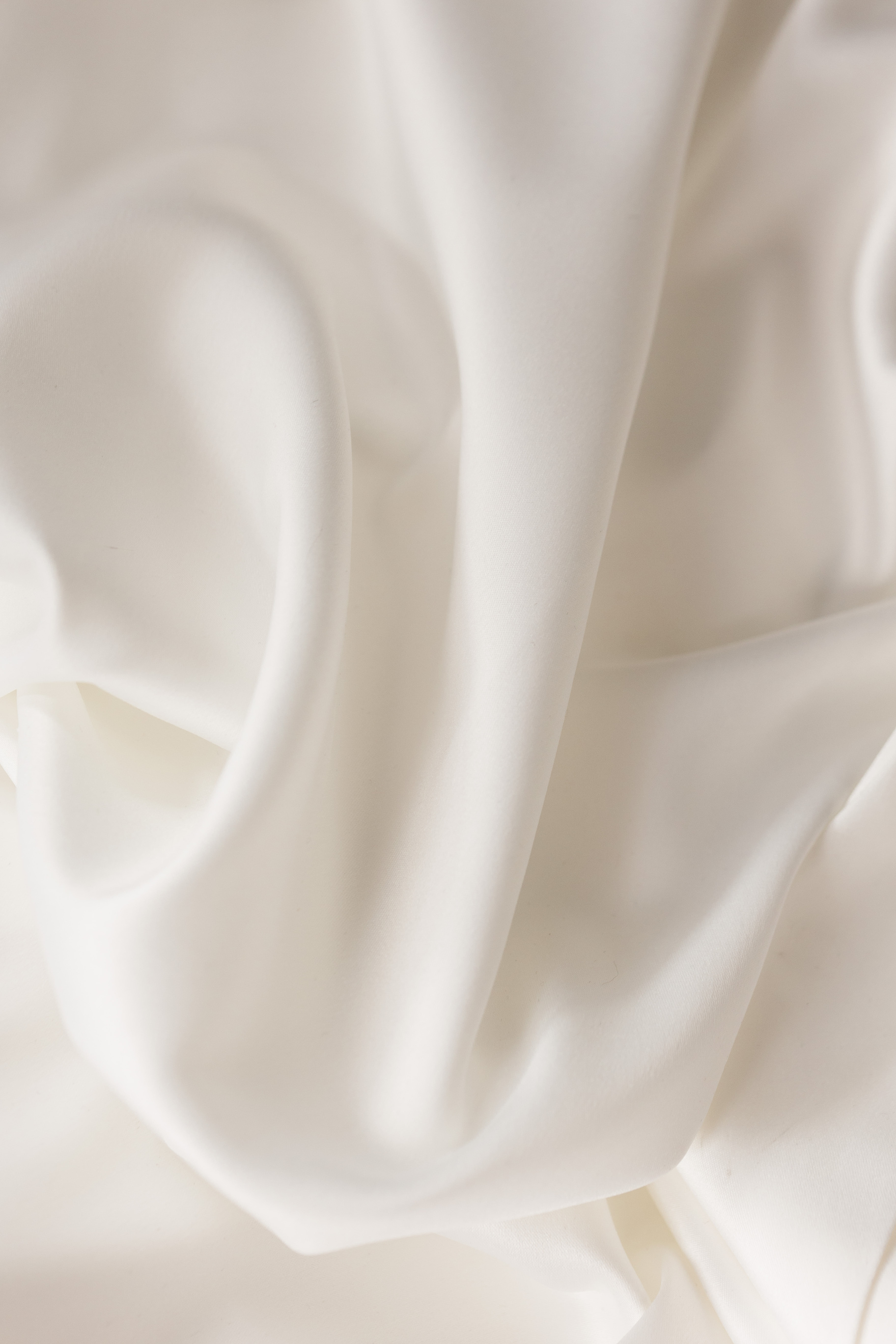
Historical amnesia is dangerous.
Humanity understands this truth, but
Habits are hard to break.
Amnesia is our beloved toddler blanket.
-Ayanna Legros

Self-portrait, 2022
Ayanna Legros (b. 1991) is a self-trained mixed media artist. The Haitian American daughter of two political exiles, she was born in New York City, but her ethos bears witness to Haiti's history of oppression. She is inspired by its peasant art communities, which use recyclable canvases such as glass and paper. Her collages celebrate 19th and 20th century figures such as radio broadcasters, diplomats, writers, activists, domestic workers, and musicians.
A partnership between mixed media methods and historical research produces thought-provoking works that harmoniously combine archival photographs, oral histories, sound studies, and-portraits on surfaces as ordinary and unexpected as empty bottles. Ayanna’s
goal is to teach viewers about the harmful impacts of French colonialism and US imperialism on Haiti’s ecological and political life.
Collage & Watercolor
Caribbean women and girls’ bodies are overworked. Under capitalism, their roles range from domestic workers, cooks, and sex workers. They are the financial backbones of their nations. The physical and psychological demands restrict rest and leisure time. Exploring the subconscious, daydreams, aspirations, and desires of women and girls provides space for an existence outside of capitalism. Quests to rebuild and actualize the self emerge in these collages.
Glass
In 2004 Couronne Haitian soda company, owned by Coca-Cola, released a limited edition of glasses dedicated to four statesmen : Jean-Jacques Dessalines, Toussaint Louverture, Alexandre Pétion, and Henri Christophe for the 200th anniversary (1804-2004) of Haitian independence. The usage of recyclable glass as canvas comments on the continuous fragility of the Haitian state. Dried flowers, feathers, bright sequins, and seashells offer leaders chances to mend their hearts and minds.
Photography
US photojournalists habitually circulate images of Haitians in moments of political distress, death, and impoverishment. The 2010 earthquake and the successive deadly outbreak of cholera caused by United Nations troops perpetuated the idea that Haiti solely attracts tragedy. Moreover, the US press depicts Haitian migrant bodies as an invasive species. This justifies maltreatment on water and land. By creating gracious images of myself and my grandmother, viewers understand that Haitians universally deserve respect, love, and human rights.

keep going dear black girl, 2022
watercolor on paper
ChaShaMa Gallery: Dream Alliance, 2022- 2023
Curators:
Melinda Kiefer Santiago
Christopher Santiago

Nanny of the Maroons and the Upper West Side, 2022
Watercolor on paper
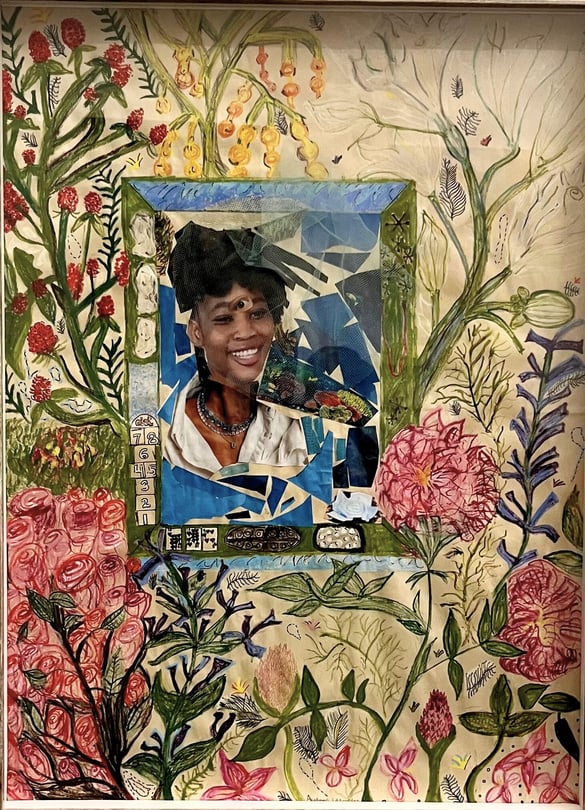
Omaj pou Evelyne Sincère, 2022
Watercolor on paper
American Anthropological Association, Journal of Consciousness, Fall 2023. Editors: Melinda Kiefer Santiago & Christopher Santiago.


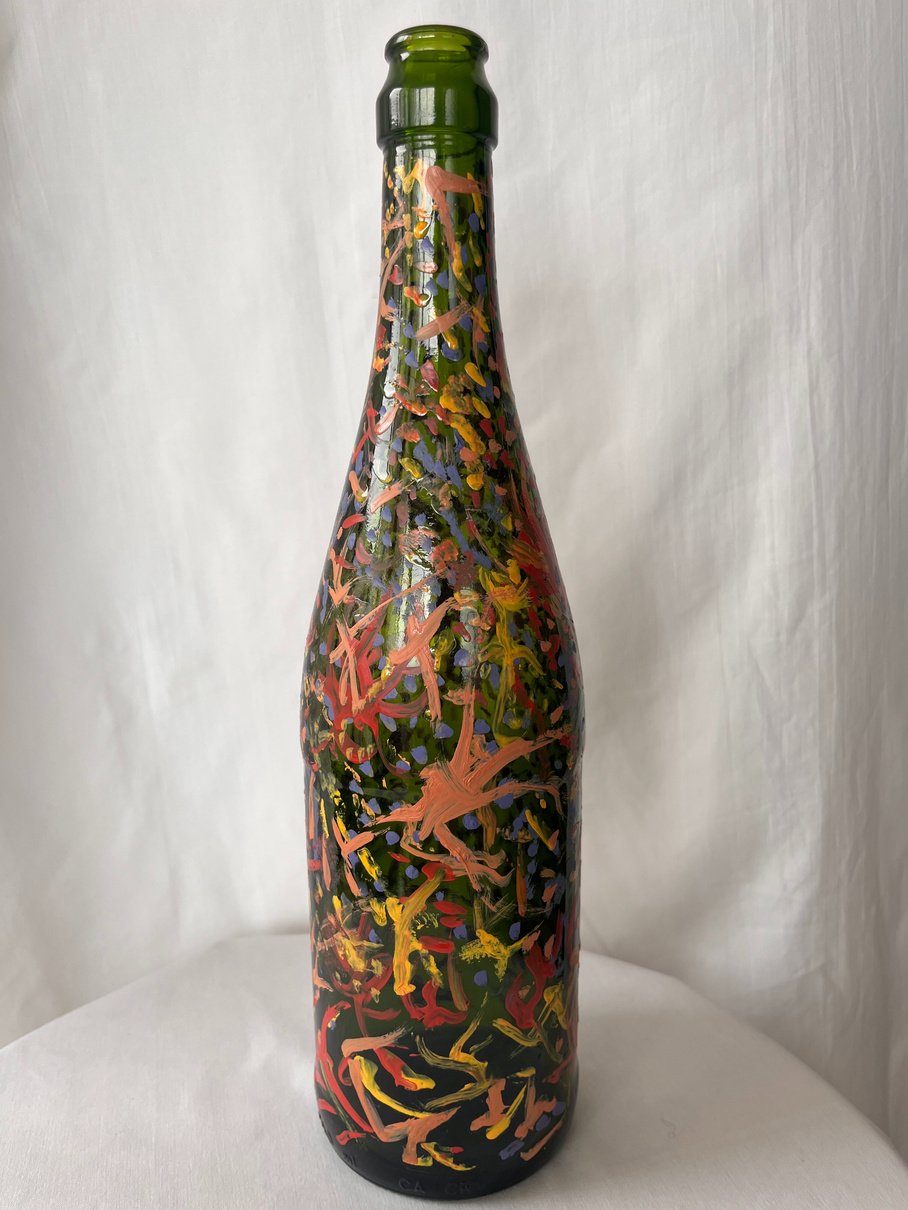
Freestyle Dance, 2023
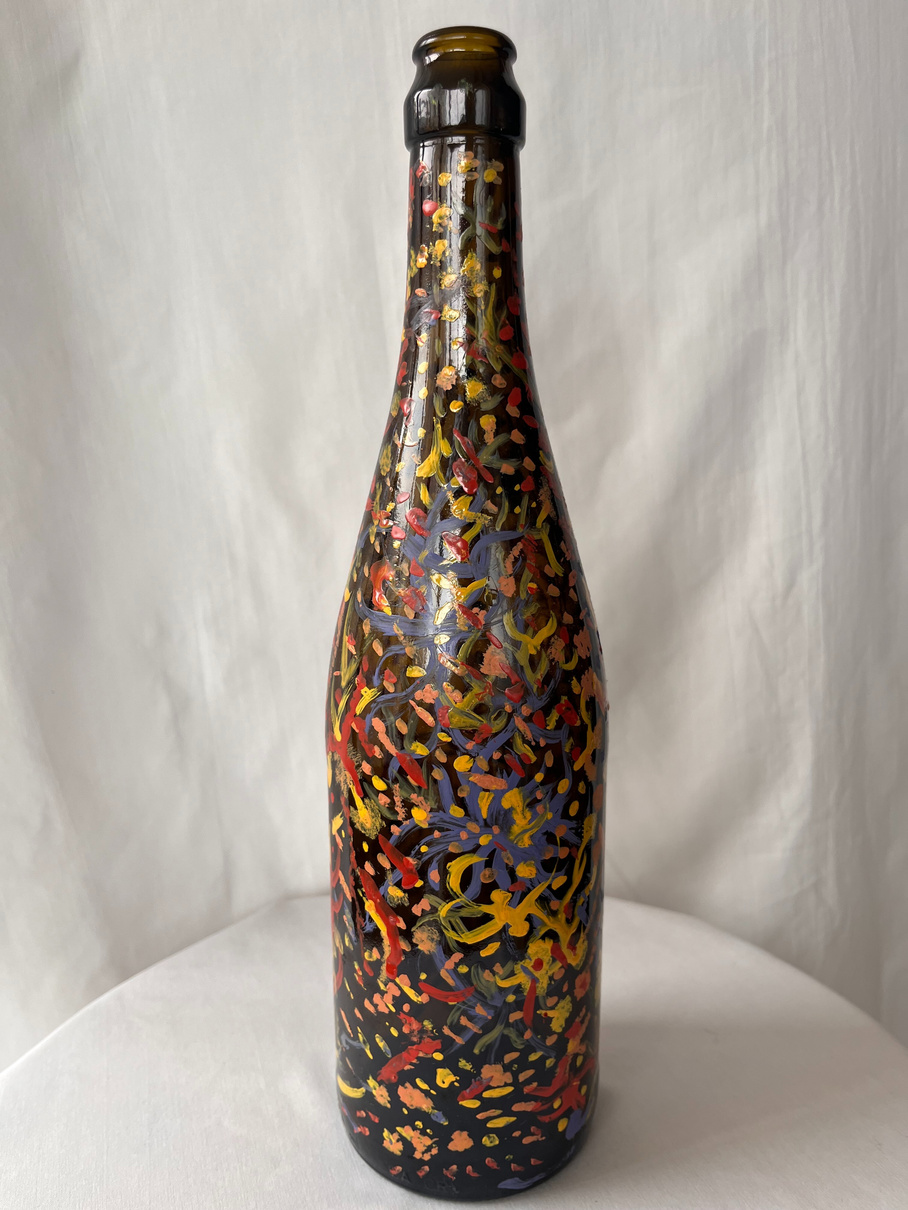
Sea Creatures, 2023


Un Jardin pour Marie Vieux-Chauvet, 2023
Marie Vieux-Chauvet was a Haitian woman writer who went into exile during the François Duvalier dictatorship. She landed in New York City and continued her writing. She is famous for her works of writing such as Fille d'Haïti, La Danse sur le Volcan, Fonds des Nègres, and Amour, Colère et Folie. Marie Vieux-Chauvet’s texts explore class, color, race, gender, the US occupation of Haiti, and the political, economic, and social life of Haitian citizens.


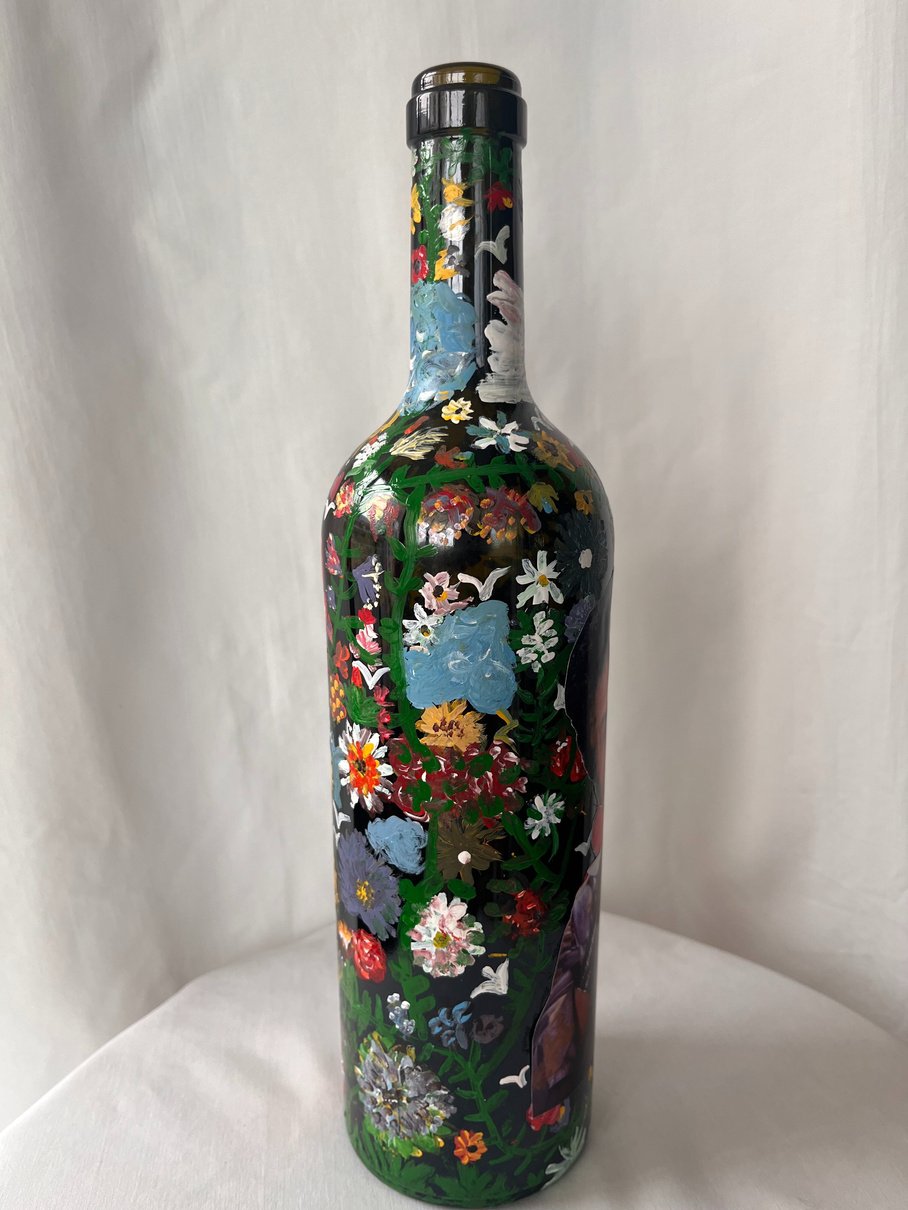
Liliane’s airwaves, 2023
Liliane Pierre-Paul was a Haitian woman journalist who fought for democracy and the freedom of the press in Haiti. She played a critical role on Radio Haïti Inter, contributed to the acceptance of Kreyòl on the airwaves, escaped to Caracas, Venezuela (with Konpè Filo) and gave birth to a son in Montreal, Canada. She experienced intense persecution, survived the violent decrepit walls of Fort Dimanche prison, and worked tirelessly on the team of Radyo Kiskeya. She often made the bold decision to sit in rooms with men and take up space. She is often referred to as a “Fanm Vayan” or a strong woman.

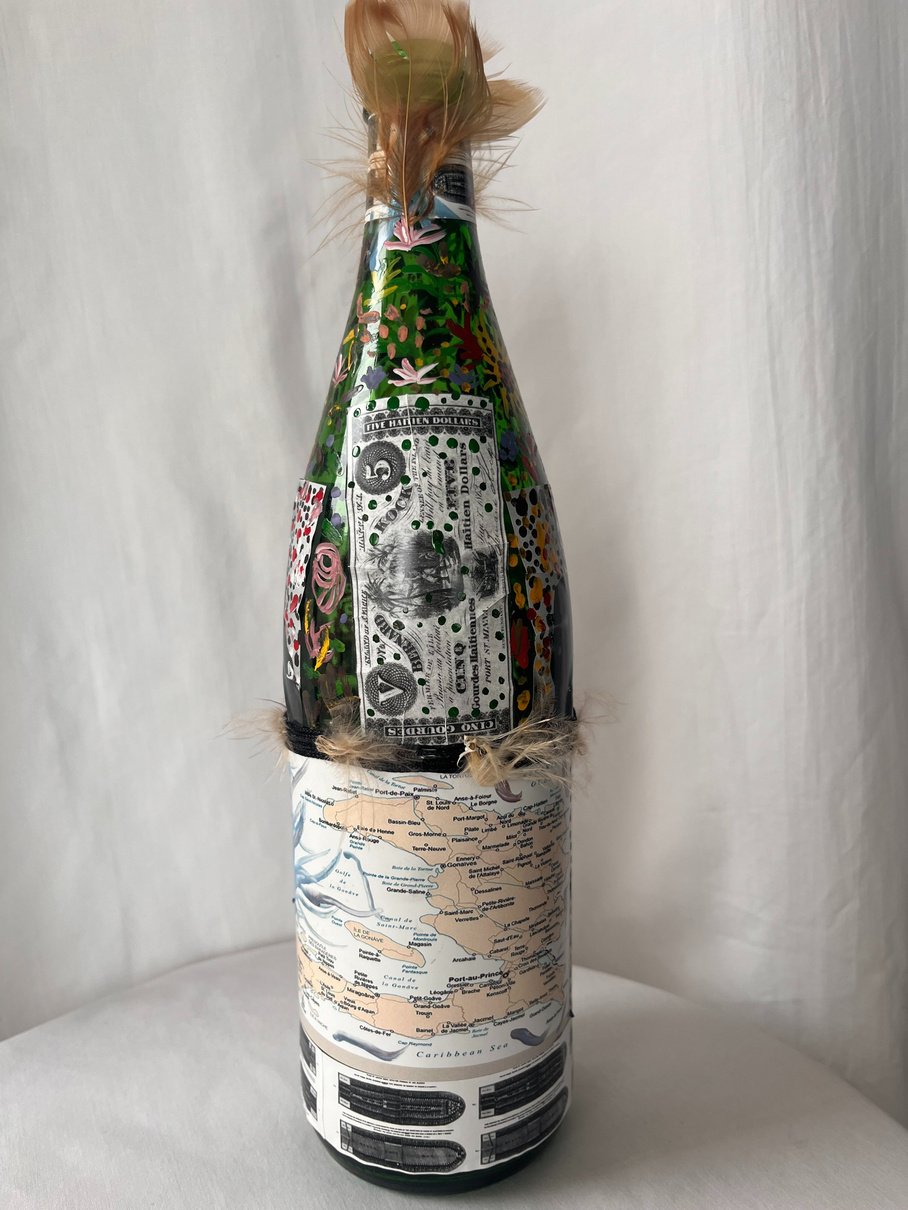
Liberia or Haiti?, 2023
The Emancipation Proclamation signaled new rights for formally enslaved African Americans. Yet, legal changes did not lead to the incorporation of African Americans into the US national fabric. President Abraham Lincoln endorsed, sponsored, and supported resettlement campaigns during his administration. African Americans went to Tortuga Island (off of the coast of Haiti), an initiative led by entrepreneur Bernard Kock. Resettlement to Liberia was supported by African American thinker, John Day.

Frederick Douglass

Florvil Hyppolite
Môle-Saint-Nicolas, 2023
Frederick Douglass at the end of the 19th century served as US Ambassador to Haiti during the administration of President Florvil Hector Hyppolite. These two men were front and center of debates about Môle-Saint-Nicolas. The US attempted to aggressively acquire land and sea bases near Haiti for greater political influence in the region. The idealization of Haiti as a first Black republic capable of welcoming African Americans and inspiring anti enslavement movements sit parallel to discussions about with the usage of African Americans as pawns to forward US hemispheric influence across Latin Americans and the Caribbean basin.

Celia Cruz

Choucoune/Ti Zwazo, 2023

Martha Jean-Claude
Choucoune, a poem written by Oswald Durand in 1883, was inspired by a woman. Its lyrics are in Kreyòl and the song is a Haitian national treasure. This song was sung by Afro-Cuban singer, Celia Cruz, and Haitian singer turned Cuban exile, Martha Jean-Claude as a duet. The song is also known Ti Zwazo (little bird). Both women were known for their stage presence, beauty, dance movements, and powerful voices.

Abner Louima
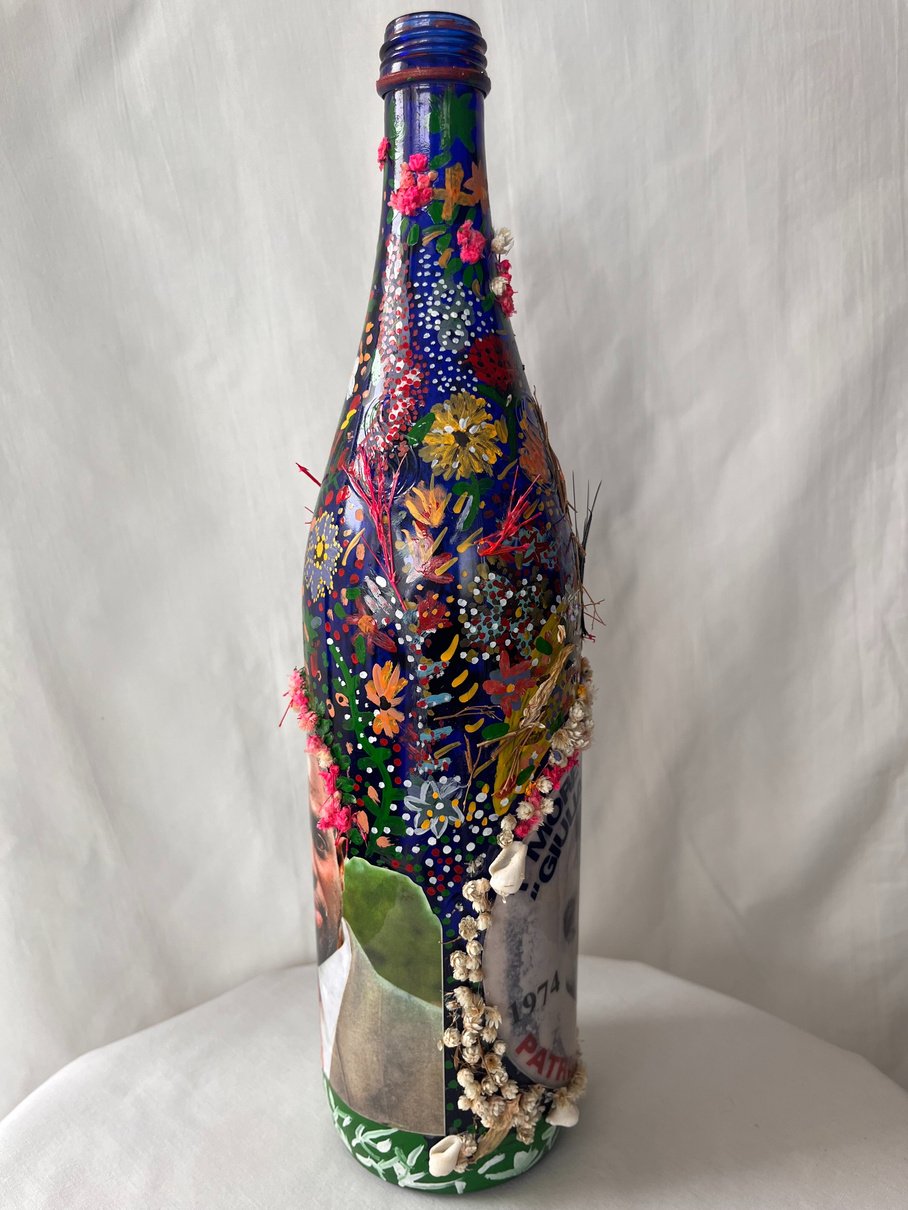
Flowers for Louima and Dorismond, 2023

Patrick Dorismond
In 1997, Abner Louima, a Haitian American man, was attacked, brutalized, and sodomized by NYPD officers. Three years later, Patrick Dorismond, another Haitian American man, was shot and killed by an undercover NYPD cop. I counter the racist gaze stamped onto their bodies by centering their inner warmth and humanity.


Resistance / Take the Gun Little Black Boy, 2023
Marcel Numa and Louis Drouin were two young exiled friends who attempted to overthrow François Duvalier. They were caught. Numa and Drouin were tied up and gunned down by a death squad in Port-au-Prince. School was paused for children to attend (my father was in the crowd), banks were shut down, businesses, churches, and all other operations were closed for the spectacle. François Duvalier showed the fate of those who challenged his rule. The other side of the bottle has an image of a U.S. marine passing a gun to a Haitian soldier during the US occupation (1915 - 1935). The occupation set the stage for future militarism by leaders like François Duvalier.
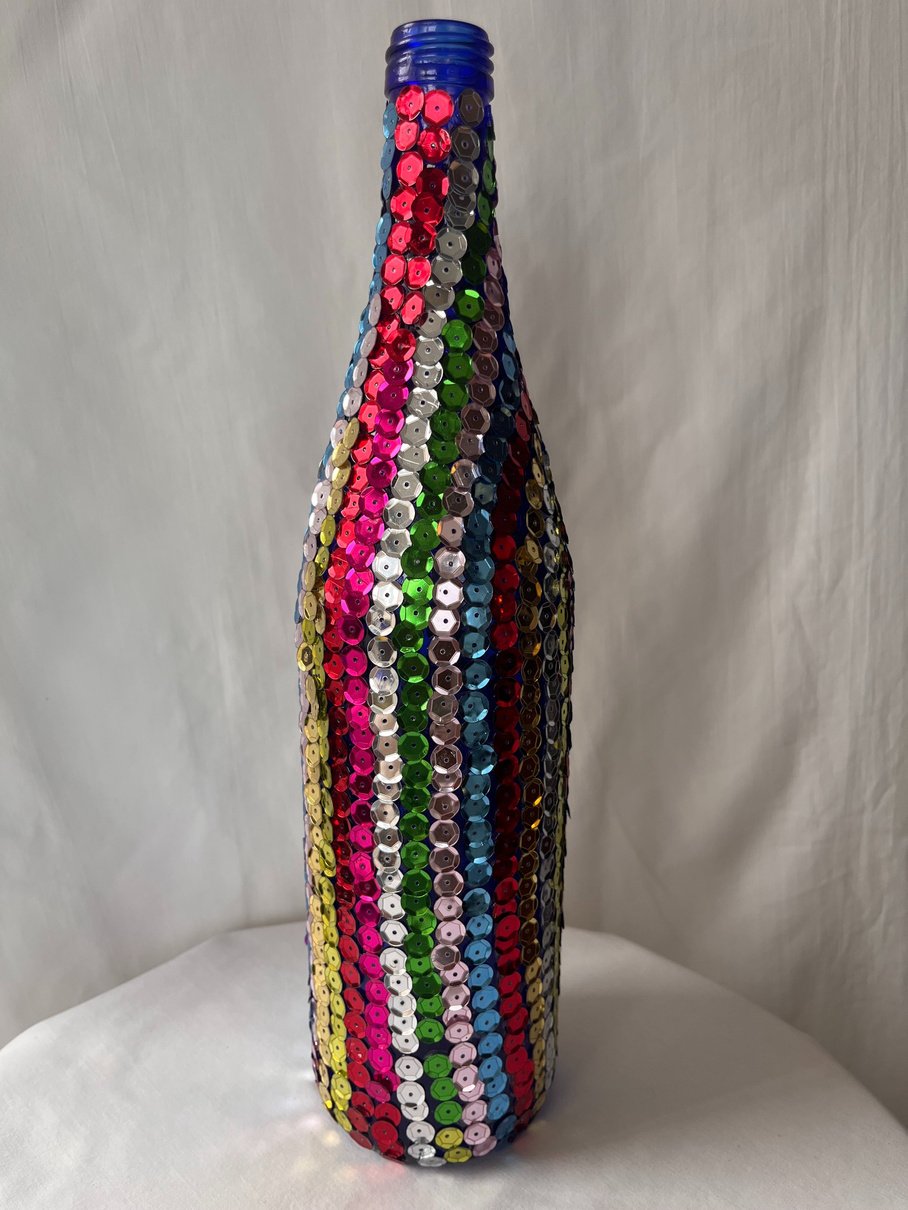
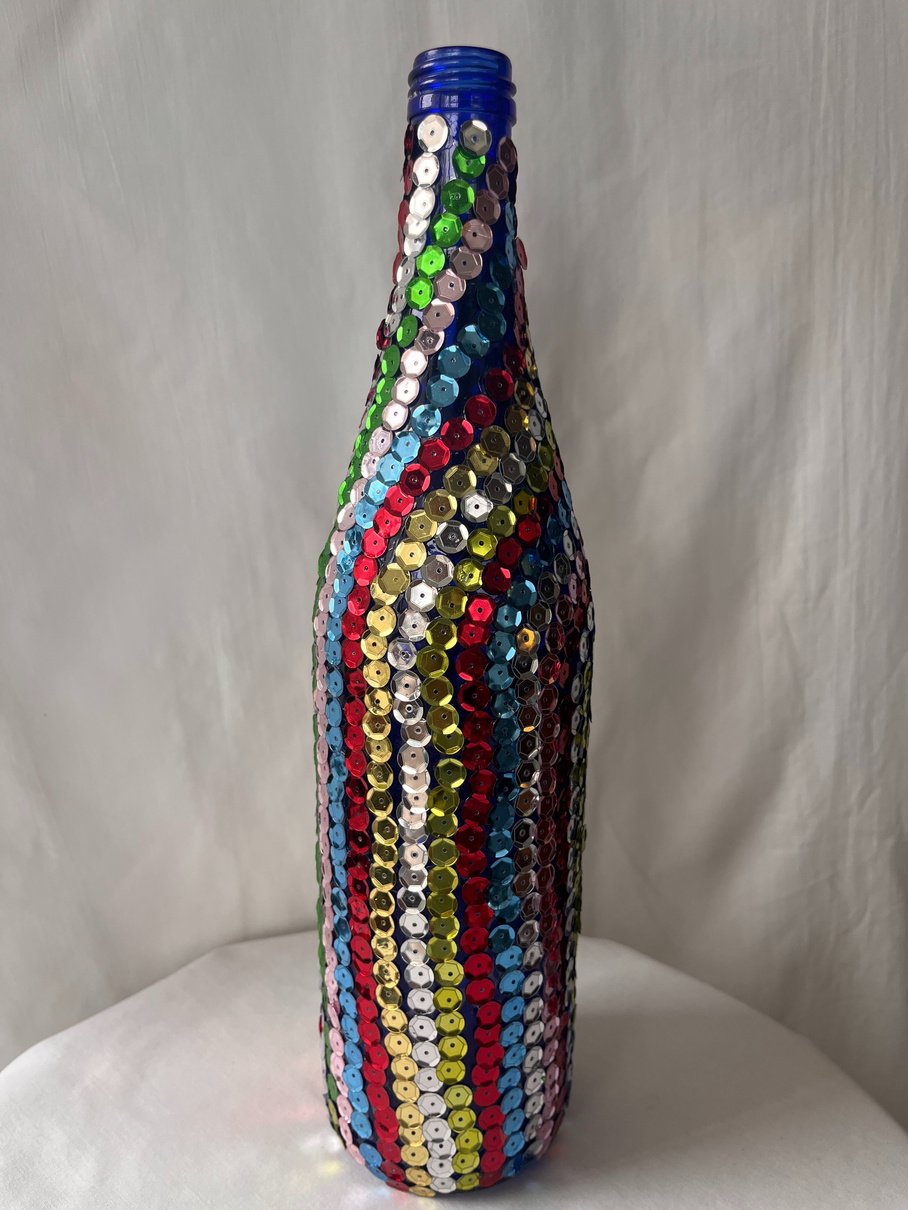
Untitled, 2023
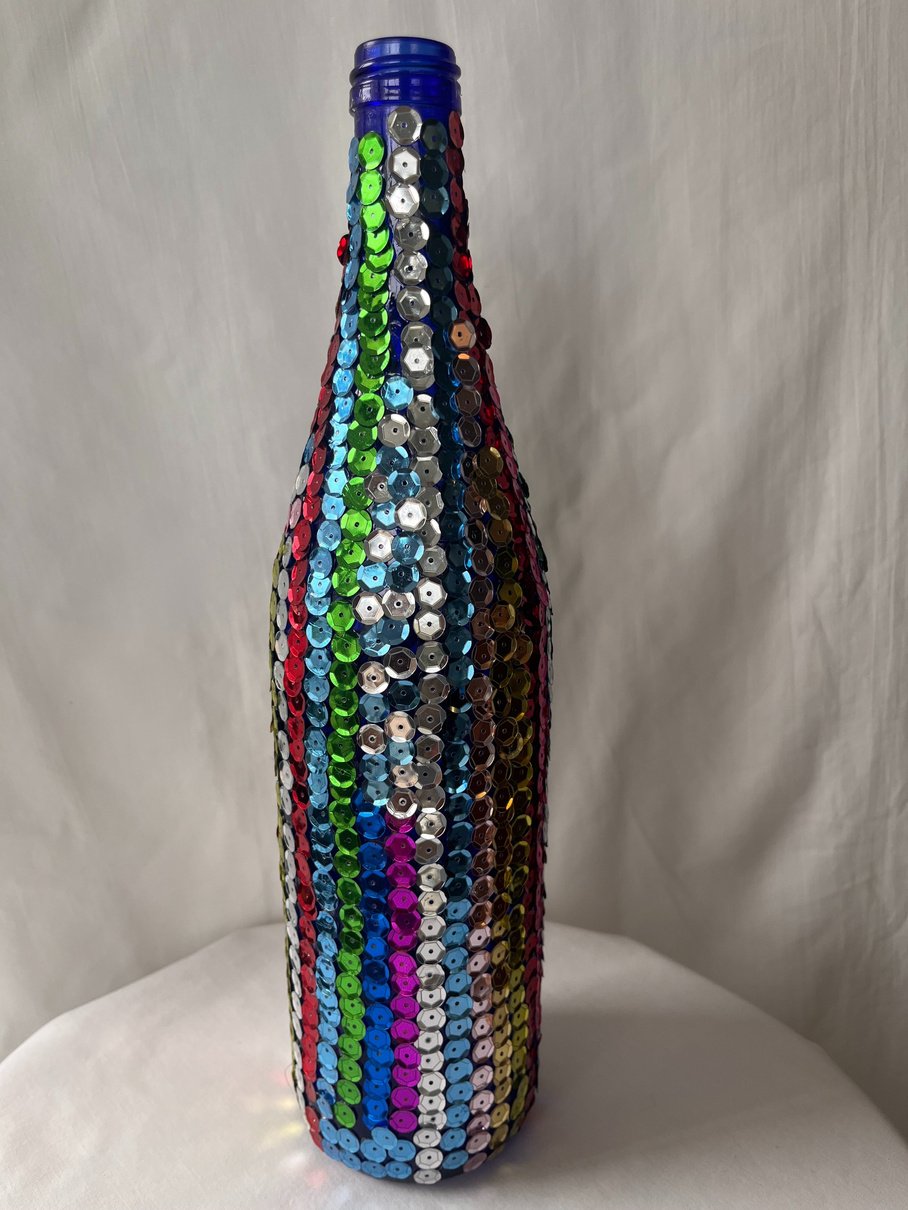

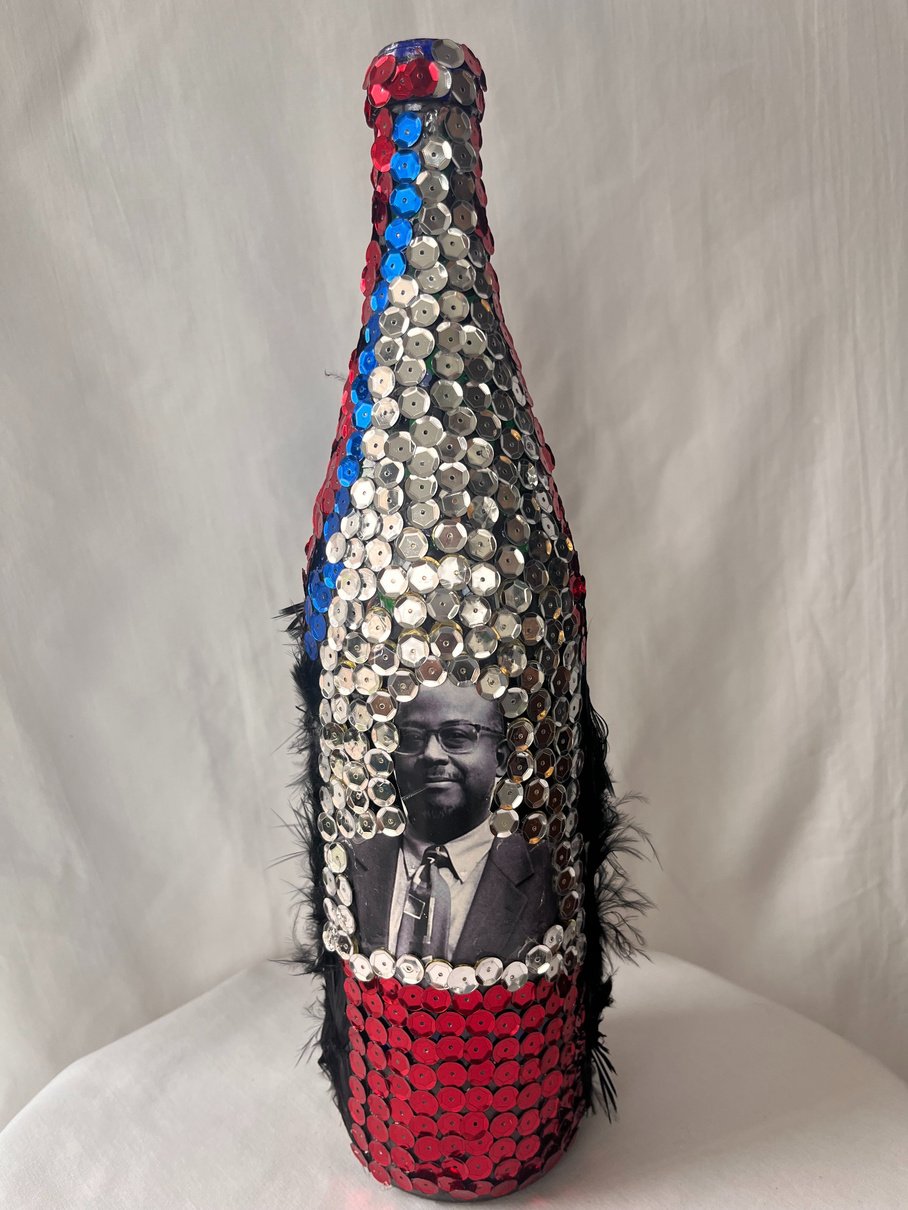

Baba Trouillot (Michel Rolph-Trouillot), 2023
This piece is dedicated to Haitian anthropologist and historian Michel Rolph Trouillot. His writing continues to impact generations of thinkers. As a young man he played in a music group called Tanbou Libète (Liberty Drum) which demanded global change.


You are My Son: Placide Louverture, 2023
Placide Louverture was the son of Suzanne Louverture. Toussaint Louverture took Placide in as his own son. Placide spent time growing up with his brother, Isaac Louverture. Napoleon Bonaparte not only betrayed Placide Louverture’s father through imprisonment and subsequent death in prison, Bonaparte continued to control the dynamics of the family and their human rights. In Haitian culture, adopted children and phrases like “half brother” are culturally looked down on. Toussaint Louverture’s decision to fully accept Placide is emblematic of his commitment to following cultural norms and expectations.
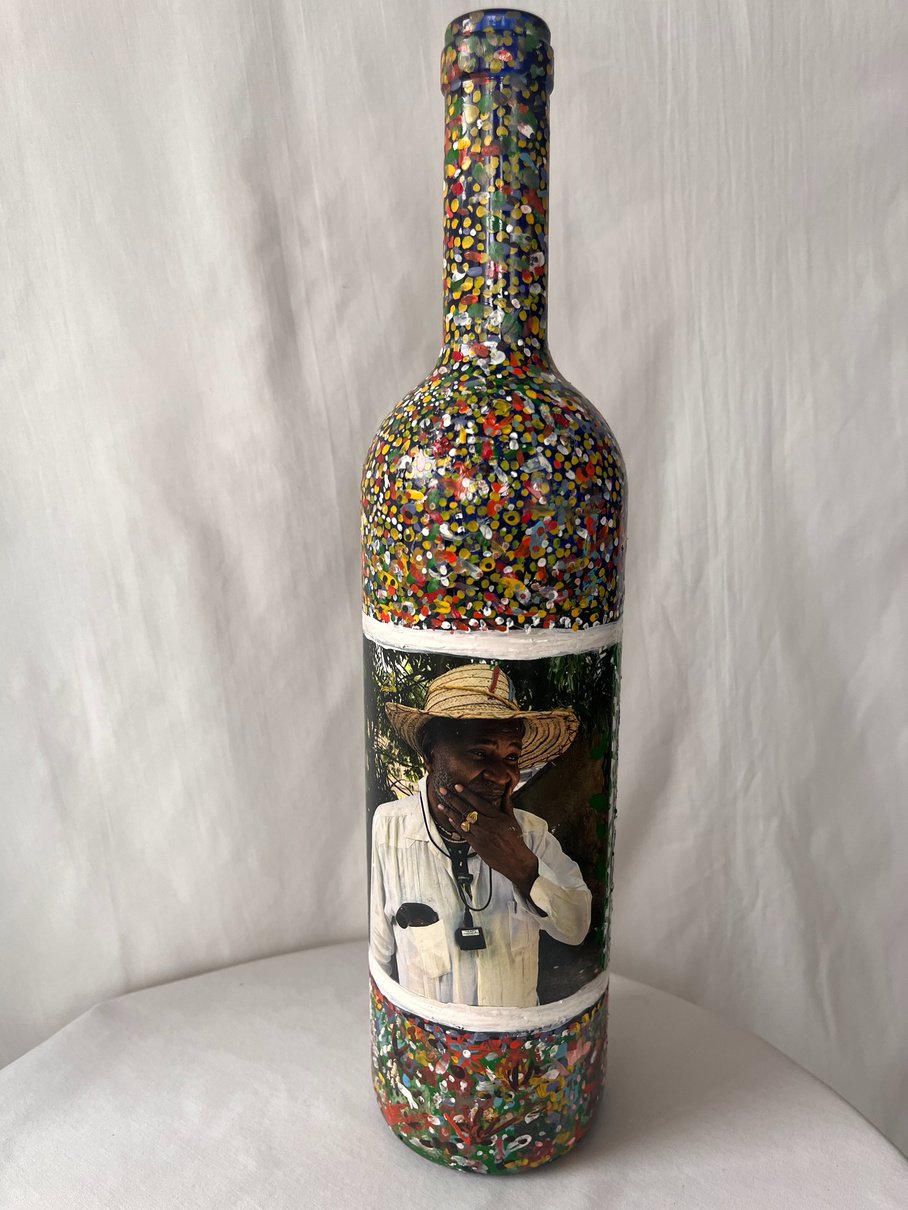
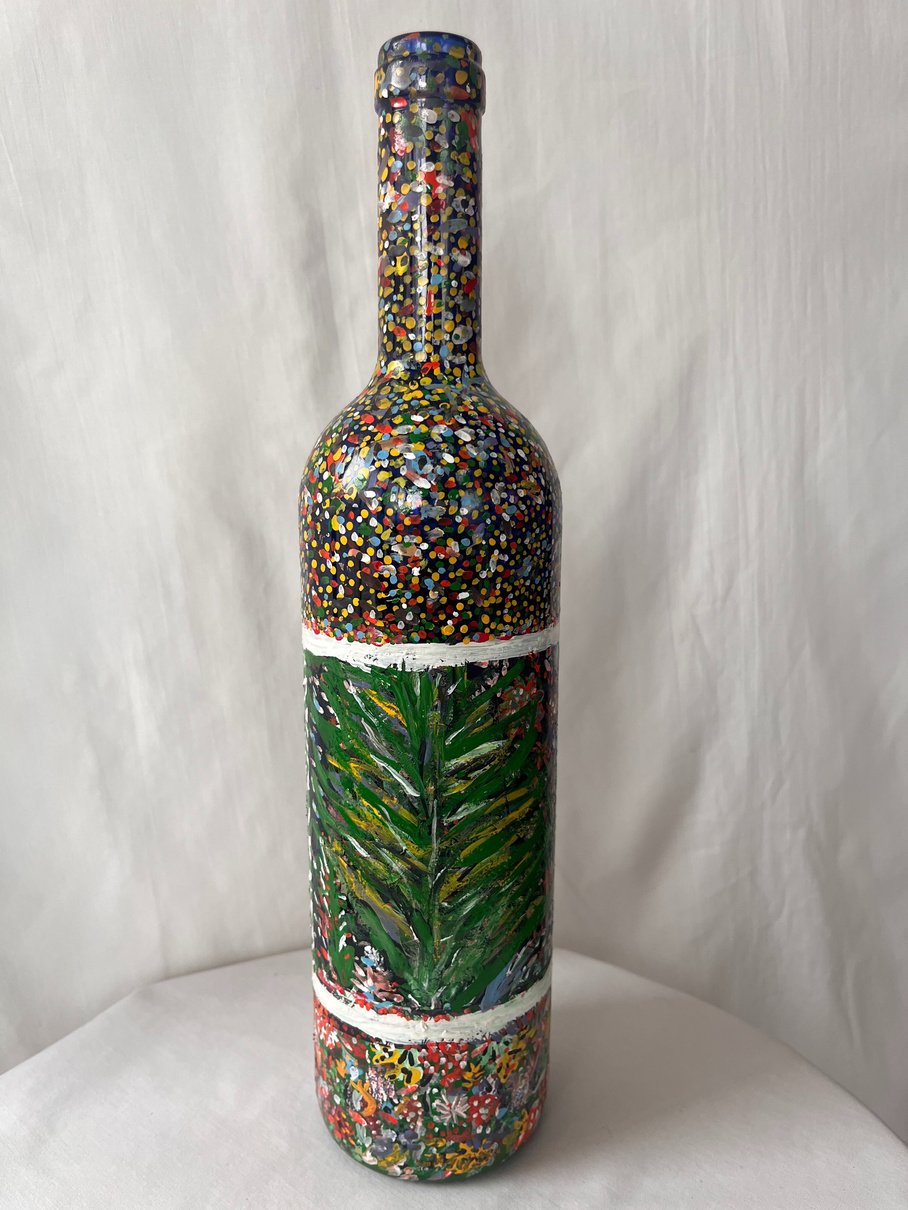
Yon Mapou Tonbe/ Kouzen Zaka, 2023
Anthony Pascal (Konpè Filo) is one of the most important figures of 20th century Haiti. His contributions to the freedom of press movement during the Duvalier regime led to multiple exiles (Caracas, Venezuela with Liliane Pierre-Paul and New York City with Jean Dominique). During the later part of his life he ran a program called Radio Tele Ginen. Konpè Filo connected with Kouzen Zaka, the patron lwa of farmers, peasants, and affairs related to the reverence of agriculture. Zaka is often dressed in a straw hat, holds a pipe, wears a side bag, and dresses in a blue denim top. When Konpè Filo passed the expression, “Yon mapou tonbe” was used. Konpè Filo, as an elder with years of knowledge, was a “a tree that fell.” Tress are important pieces in Haitian society. They witness a couple of decades to thousands of years of history.


Pierre Toussaint, 2023
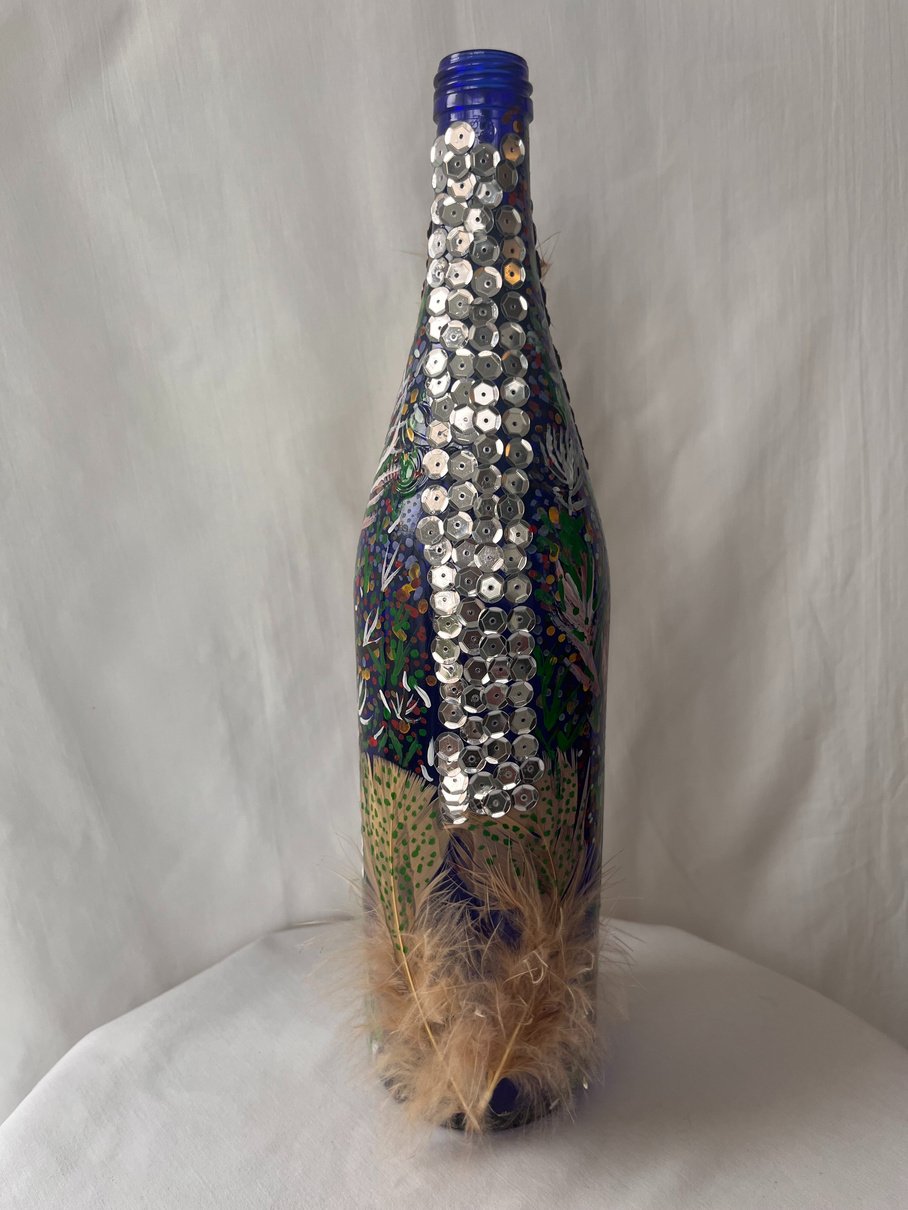
Pierre Toussaint was a Haitian man born into slavery, who became a free man. He financially supported the freedom of enslaved peoples. He is known as an entrepreneur who lived in New York City. He held a significant role in the church and was a candidate for sainthood at the end of the 20th century.


Hispañiola, 2023

The anchor of what is said to have been the Santa María ship is in Haiti’s national museum, Musée du Panthéon National Haïtien (MUPANAH). Christopher Columbus’ “discovery” of the Americas remains a tale that continues to romanticize enslavement with images of the warm Caribbean sea and European male sailors. Hispañiola was nothing more than a space of extraction in the name of the Spanish empire. Marine biology, fishnets, chains, royal crowns, and maps all circulate in tandem.
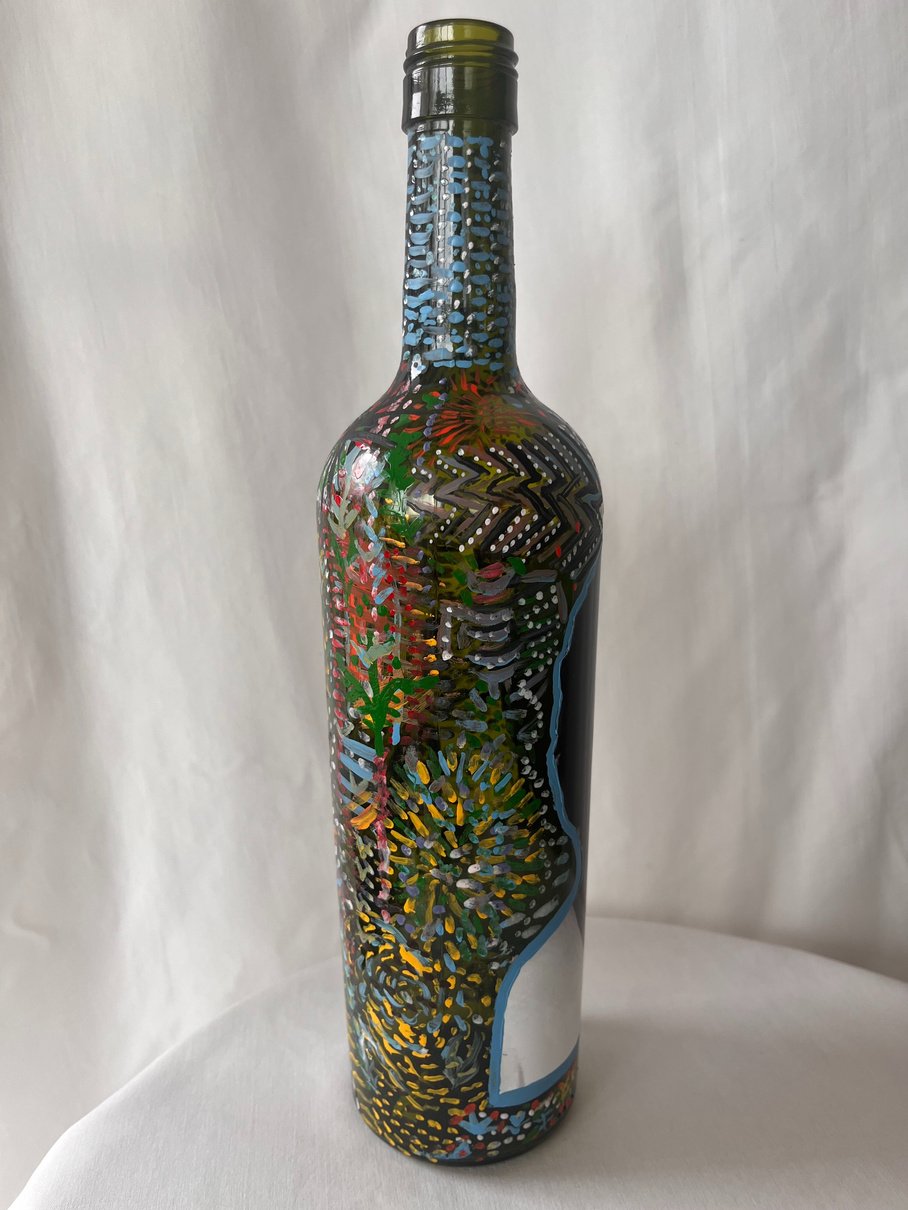
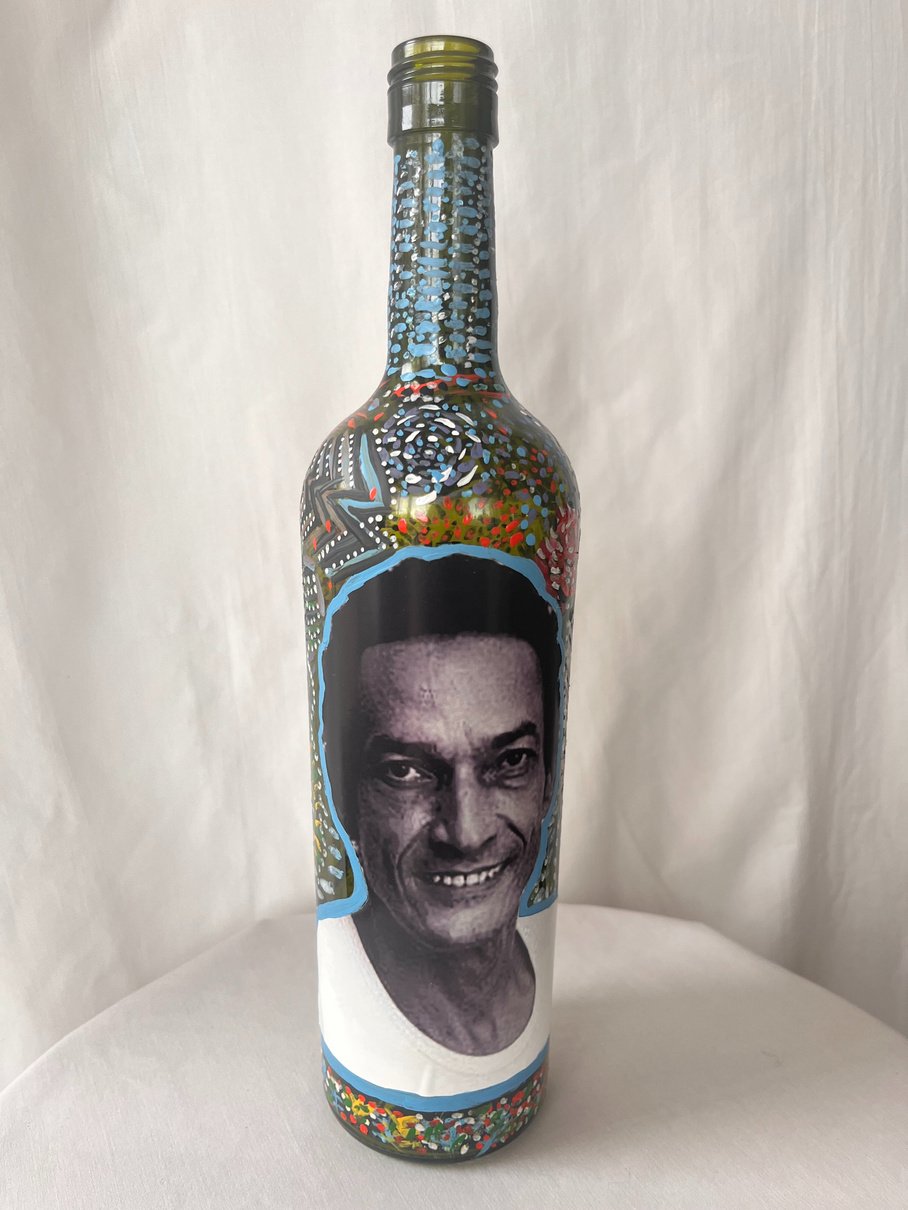

The Echoes of Jean Dominique, 2023
Jean Dominique was an agronomist turned radio show broadcaster. Following the death of his brother, Jean Dominique placed all of his energy into fighting for a Haiti that respected the free press. He owned the Radio Haïti-Inter station, lived in exile multiple times, and was tragically assassinated April 3, 2000 outside of the station. Jean Dominique was known for his loud, dramatic noises, storytelling, poignant interviews, and love of knowledge.
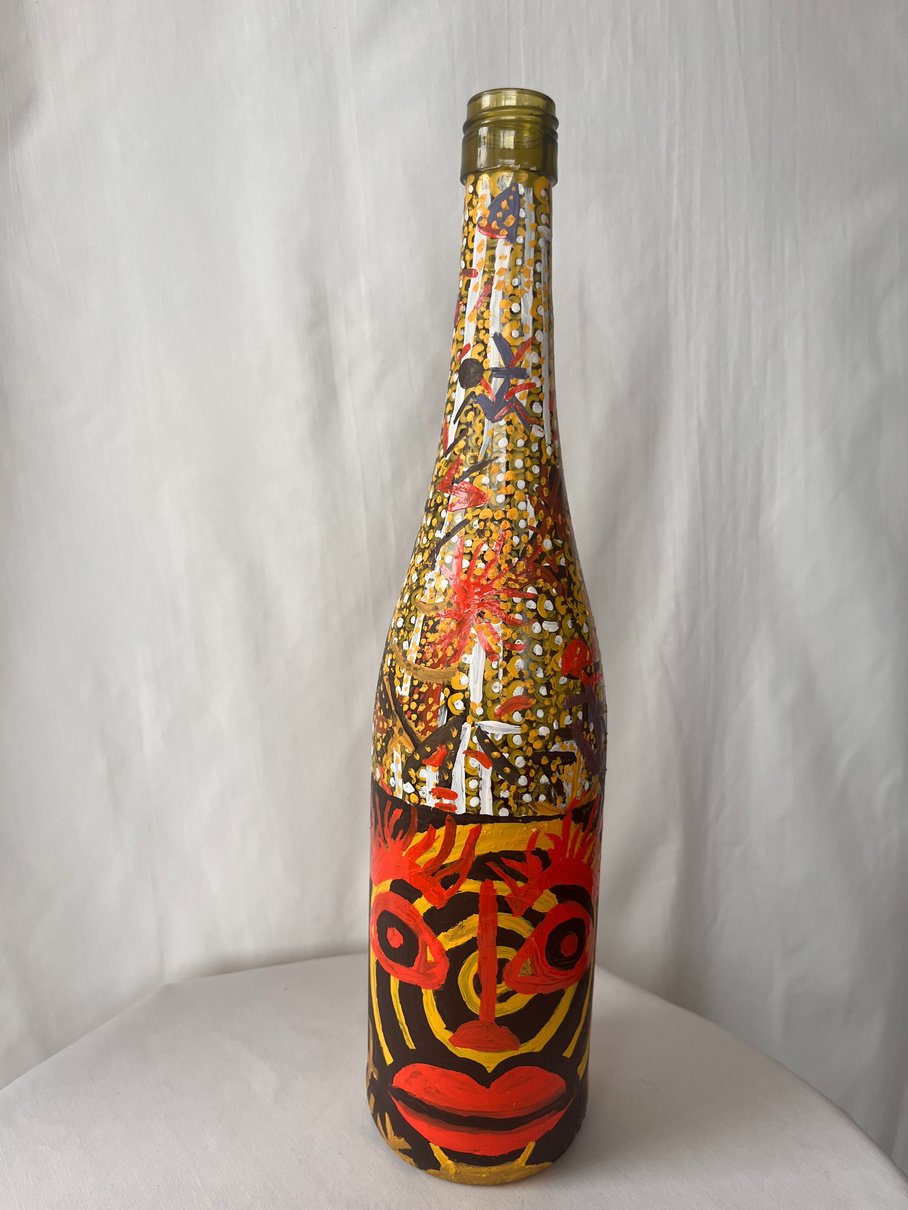
Solèy, 2023

The Saint Soleil School, also known as “Mouvement Saint Soleil”, is an artist collective founded in the 1970s. It encourages painting and the fortification of art communities in Haiti. This work is an ode to their school. It also celebrates the sun’s significance to all walks of life. This sun embraces spiralism. It also embraces African facial features. In grade school, kids are often taught to draw suns with thin smiles, sun rays, and lips. European facial features are indoctrinated into art curriculum even for small children. This work celebrates an African sun.


The Equality of the Human Races, 2023
Antenor Firmin’s cutting edge text, “The Equality of the Human Races” decimated European notions of racial superiority. Firmin argued the equality of the human races could be demonstrated by a positivist human approach. Firmin’s work remains under cited within academic and non-academic circles. For those familiar with his work he is a national hero.
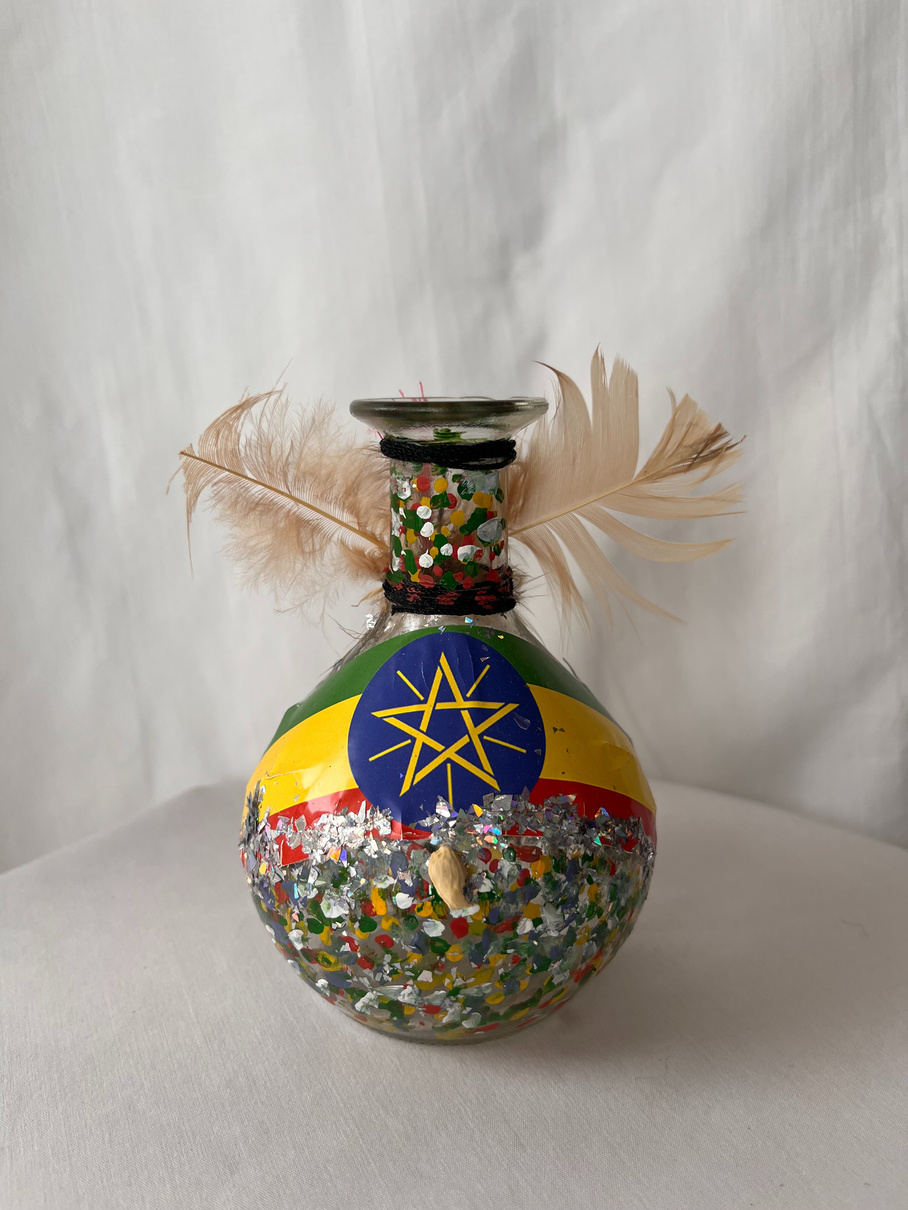

I prefer Ethiopian wine over Italian wine, 2023
Tej glasses hold the iconic Ethiopian beverage of honey wine. Yet, wines produced outside of Europe are not as popular in North America. The Italian wine industry is swooned over by most North American and European audiences. African foods and beverage production remain secondary choices to European commodities. Ethiopia along with other African nations continue to sow seeds of liberation from European empire.

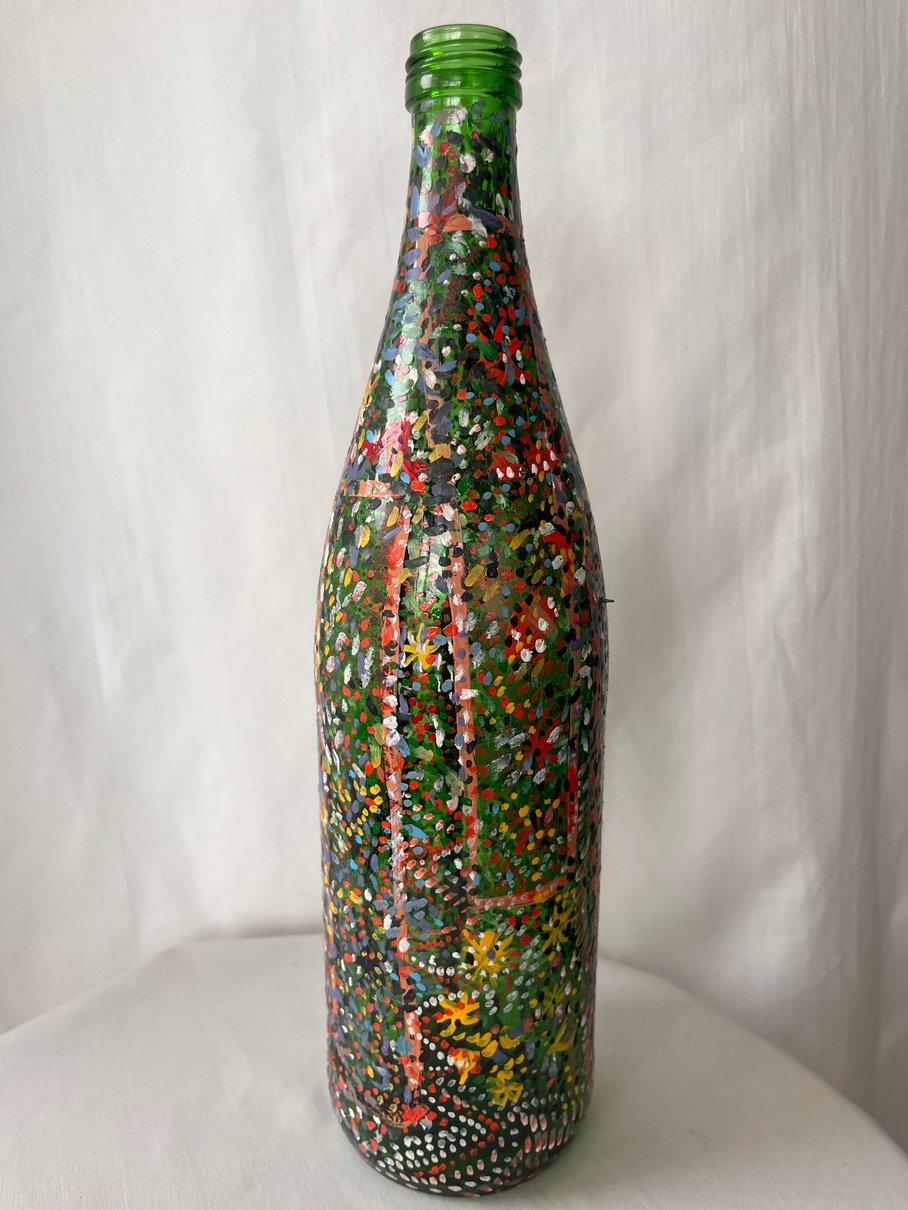
Festivities, 2023
Bright colors are important signs of national holidays and events across Latin American and the Caribbean nations. Carnival, Easter Sunday, Christmas, and World Cup celebrations are all opportunities for joyful noise, fun, and community. Festivities are radical ways to disconnect from oppression.
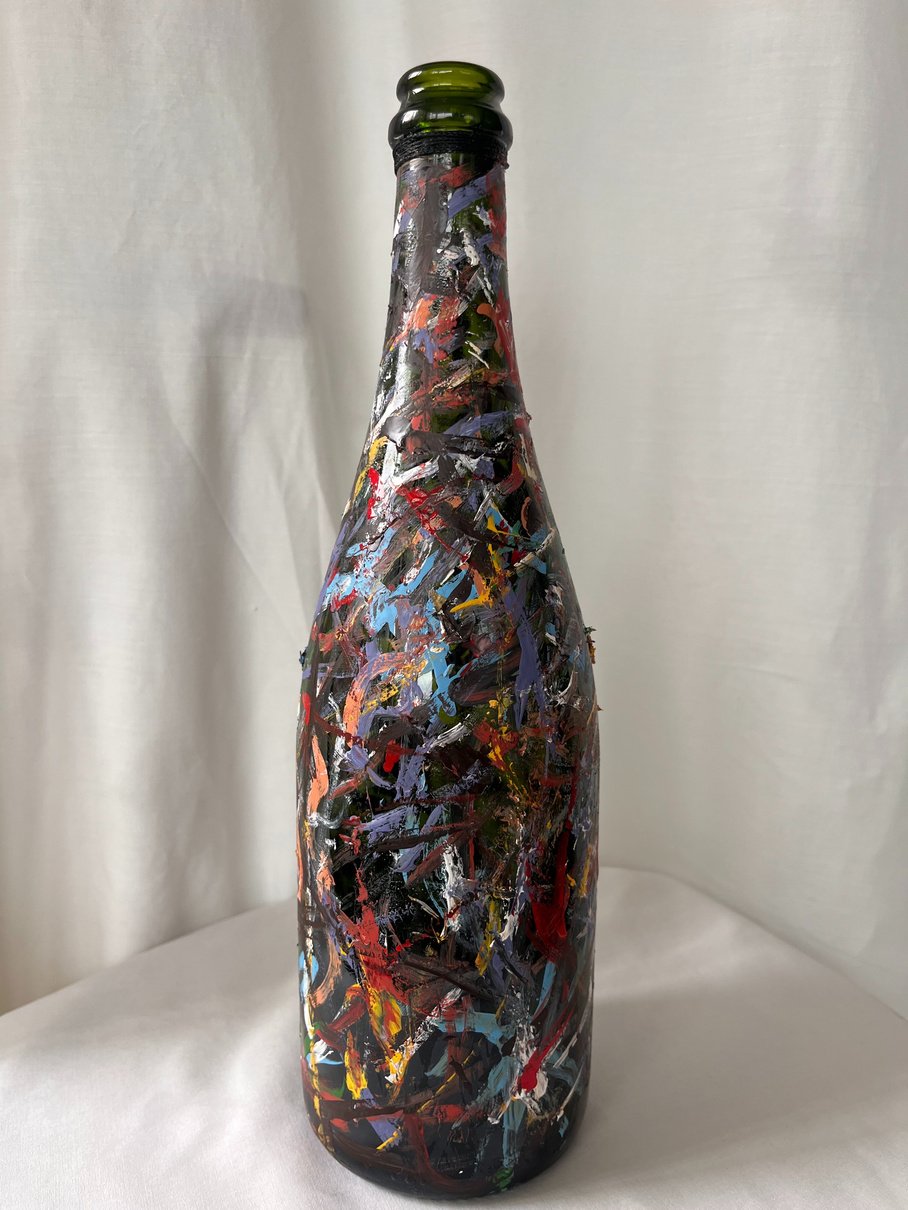

Cross-Currents, 2023
The Caribbean Sea is defined by its historical collisions. In these warm, hypnotic, turquoise waters, the “Old World:” met the “New World.” Cross-Currents links European discovery with indigenous destruction. As water moves to stimulate and sustain life, this same circulation can lead to exploitation, oppression, bloodshed, and war.

Photography
Haitian in the Bahamas, 2019
During a research trip to Nassau, Bahamas. I noticed a drastic difference between the beaches that undocumented Haitians visited and the beaches reserved for tourists. The sand was rocky, deep brown, and deserted. No ships docked. Haitians since the 1970s, have been stopped by US Coast Guards, detained, and deported. Others have drowned because of boat capsizing. Caribbean ocean water is both a paradise and a cemetery. In maritime fables women in water such as mythical sirens cause boats to crash. Women water creatures with unruly hair and a Medusa stare can cause havoc.

Grandma’s Hands, 2015
Grandmothers represent warmth, comfort, and intimacy. My 100 year old grandmother and I’s intimate moments are expressed through hugs, hand holding, and color coordinated nails.
Searching for Léonice Legros and Madame Louise Chancy

Léonice Legros, 1820-21

Madame Louise Chancy, 1820-21
Using auto-ethnography, art history, textile studies, genealogical testing, oral history, and archival research I investigate the stories of sitters Léonice Legros and Madame Louise Chancy painted by Séjour Legros. As a said descendant of these women I am invested in documenting the intellectual, social, and biological concerns of Legros relatives about Haitian émigres narratives by threading fragmented sources.


Siamo Arrivati in India (We arrived to India)
Oil on canvas, 2023. 16 x 24 in (40 x 60 cm)
In this diptych an elderly Carib woman witnesses the extraction of legumes, squashes, pumpkins, string beans, peppers, eggplants, tobacco, and cinnamon sticks by Europeans attempting to dock in what we today call India.

Ancestor

Flower girl
Oil on canvas, 2023. 16 X 24 in (40 x 60 cm)

Attune, 2023
Oil on canvas, 2023. 16 X 24 in (40 x 60 cm)
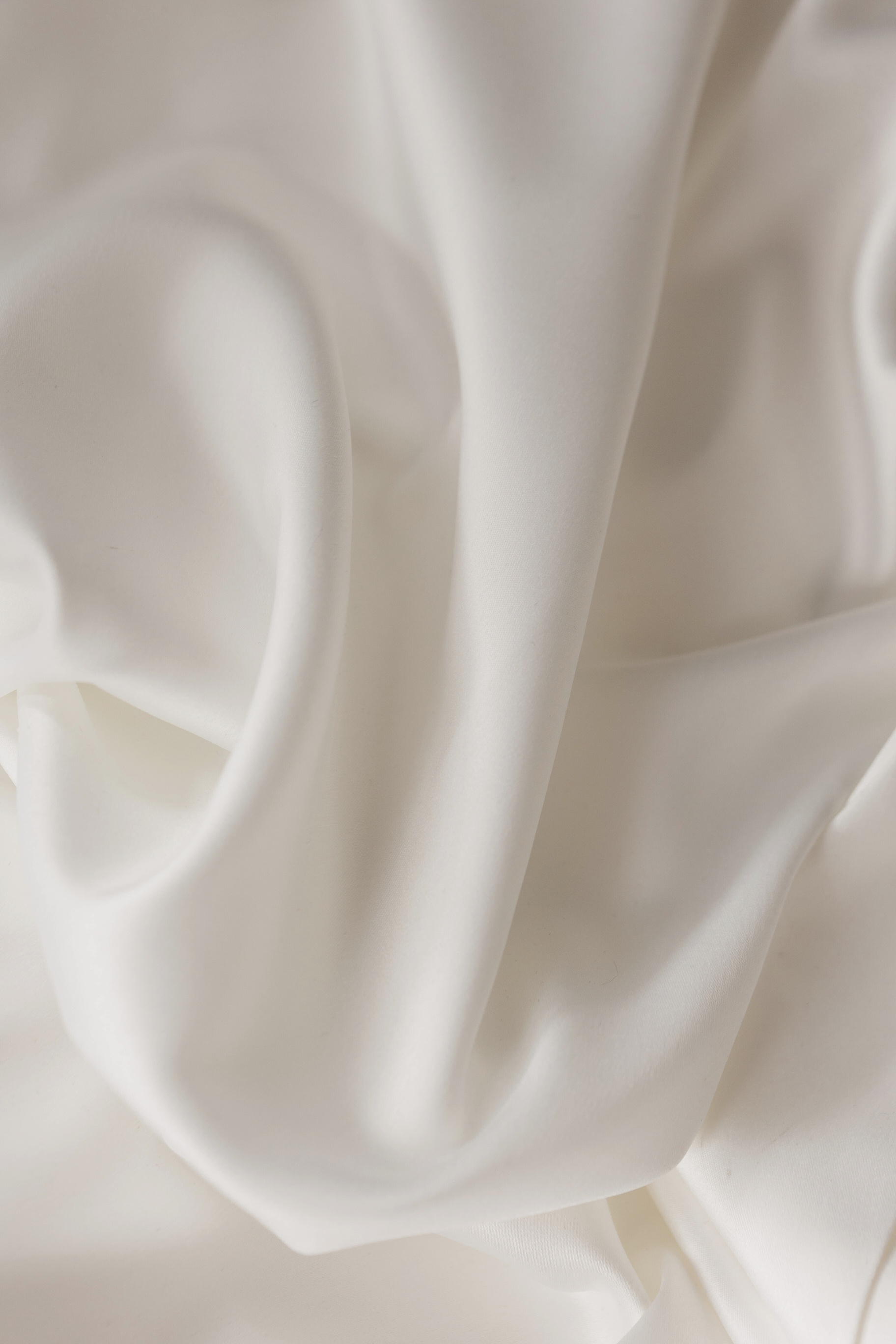
For inquiries and commissions email: ayanna.j.legros@gmail.com
Copyright Ayanna Legros 2024 All Rights Reserved